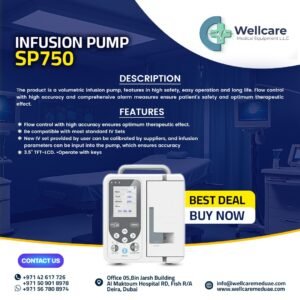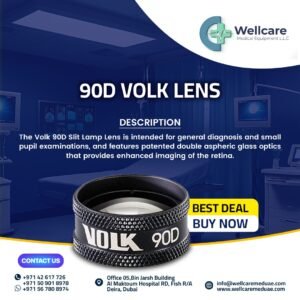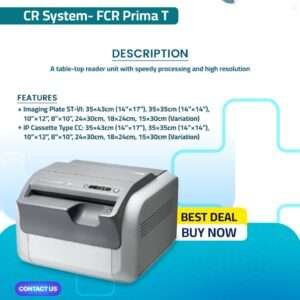Types of Medical Equipment Provided by Well Care Medical Equipment LLC
Well Care Medical Equipment LLC offers a wide range of high-quality medical equipment, catering to diverse healthcare needs.
Diagnostic Equipment
- X-ray machines
- Ultrasound systems
- ECG (Electrocardiogram) machines
- Blood analyzers
- CT and MRI scanners
Surgical Equipment
- Operating tables
- Surgical lights
- Anesthesia machines
- Electrosurgical units
- Surgical instruments for various specialties
Monitoring Equipment
- Patient monitors
- Vital signs monitors
- Pulse oximeters
- Fetal monitors
Therapeutic Equipment
- Ventilators
- Dialysis machines
- Infusion pumps
- Defibrillators
Gynecology Equipment
- Colposcopes
- Fetal dopplers
- Examination chairs
- Ultrasound systems for obstetrics
ENT (Ear, Nose, and Throat) Equipment
- Audiometers
- Endoscopy systems
- ENT diagnostic sets
Rehabilitation Equipment
- Wheelchairs
- Physiotherapy machines
- Mobility aids
- Exercise therapy devices
Medical Furniture
- Hospital beds (manual and electric)
- Examination tables
- Overbed tables
- Ward screens
Sterilization and Disinfection Equipment
- Autoclaves
- UV sterilizers
- Disinfectant foggers
Laboratory Equipment
- Centrifuges
- Microscopes
- Laboratory incubators
- Blood collection systems
Emergency Equipment
- First aid kits
- Stretchers
- Emergency crash carts
- Portable oxygen concentrators
Pediatrics and Neonatal Equipment
- Incubators
- Phototherapy units
- Pediatric monitoring systems
Home Healthcare Equipment
- Blood pressure monitors
- Glucometers
- Portable oxygen systems
- Nebulizers
Well Care Medical Equipment LLC ensures that all products are sourced from reputable manufacturers and meet international standards, providing healthcare facilities with reliable and durable solutions.




